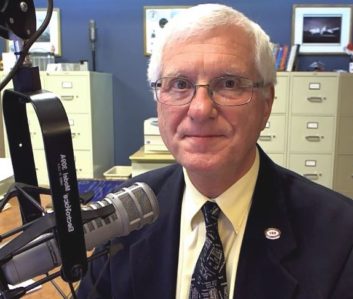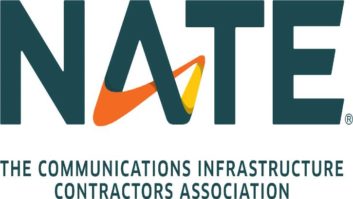
A recent Radio World ebook explored trends in transmission and best practices for planning a transmitter purchase. This story is excerpted.
Mark Persons is a longtime radio contract engineer who built 12 new commercial AM and FM stations for clients, and rebuilt or upgraded many others in the course of his career. Now retired, he received the Society of Broadcast Engineers John H. Battison Award for Lifetime Achievement in 2020.
Radio World: What’s your overall philosophy or approach to shopping for a transmitter?
Mark Persons: The transmitter needs to fit all criteria including, in the case of an AM transmitter, the ability to go to some very low power level for night operation. Not all transmitter designs can do that. Don’t get surprised on this one after the fact.
RW: What are the most important recent developments in how they are designed, and what do you wish manufacturers would do differently?
Persons: Transmitter remote control via the internet is a big plus nowadays. Also, a transmitter with a Smith Chart display showing antenna bandwidth is great for troubleshooting. Any and all manufacturers should have a 24-hour hotline to call when problems develop.
RW: How can a manager best calculate what it will cost to operate a transmitter over time?
Persons: A transmitter salesman should provide operating cost information for existing and new transmitters. The numbers should be passed by a knowledgeable radio engineer to verify the thinking is correct.
RW: The concept of efficiency is often discussed, but many managers may not understand what it represents. Why does it matter?
Persons: Don’t confuse power amplifier efficiency with overall efficiency. PA efficiency involves just the final stage of a transmitter. It was typically 70% in the days of tube transmitter designs. Today it is in the 90% plus range for solid-state transmitter designs and should not be used as a deciding factor when comparing transmitters.
Overall efficiency is what I look for. Define that as AC electrical utility power in watts going to a transmitter compared to RF power in watts of output going to the antenna. The difference is waste heat/heat load in a transmitter building. Then think about air conditioning costs for the difference in transmitter overall efficiencies model vs. model.
RW: Is availability of parts for legacy transmitters that are still in service a serious problem in our industry? What could be done about it?
Persons: Remind transmitter manufacturers and/or transmitter salespeople when you’ve had problems getting parts or even factory advice for an older transmitter. As a result, you are purchasing from a company that still offers service for older models. That vintage unit might be a backup transmitter that needs to be available for service for a long time to come.
RW: What should engineers know about effective use of MDCL, that isn’t known as widely as it should be?
Persons: MDCL can provide a power savings, but sometimes at the price of reduced audio fidelity. Some hear it and some don’t. Setting the right level of MDCL is like adjusting audio processing for the right sound compromises. It can be good or bad.
RW: In countries like the United States, AM radio is considered a very challenged industry. Has the market for new AM transmitter purchases basically dried up?
Persons: AM transmitters are still being sold to keep viable AM stations on the air. Moving from a tube transmitter to a solid-state transmitter is a great choice for keeping operating costs down. That includes maintenance and power.












